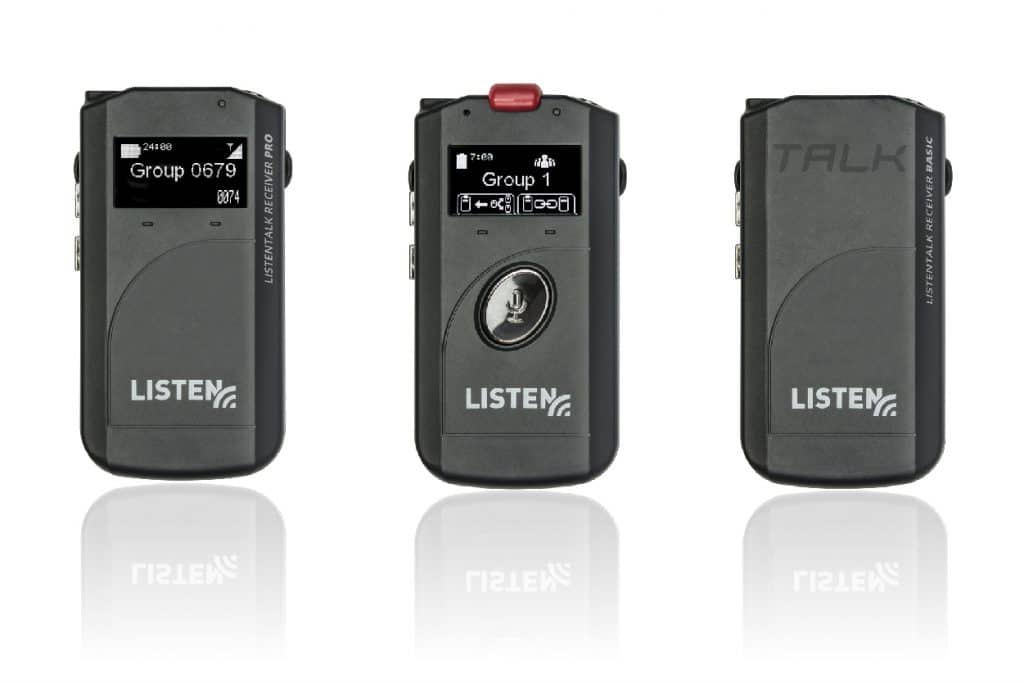- Loading…
Do you want to write a killer audio tour script? It requires more than just the basics. Tourism is a fun industry and represents a multitude of remarkable experiences. While we recommend hiring professionals to write and produce your tour scripts, we’re confident that if you follow our advice, you’ll end up with a great script, and an even better tour experience for your guests. Here are our 7 tips to write a great script:
The process of writing a great script includes research, writing, editing and more writing. Start writing your tour script by getting your ideas on a page. First drafts are usually far from the end point, so rewriting gives you the opportunity to make all the changes and additions you need. Pull apart the stories you like by asking if your audience will appreciate them, and what you can do to improve their experience.
When writing an audio tour script, think about the experience you are trying to create. When writing, your natural tendency may be to write as many words as you can because there’s so much to say. But when this happens, there’s no room for dramatic pauses, sound effects or music. Consider the end product you want to achieve, and the other elements to be added before jumping into writing.
If you go on for too long, visitors will tune you out. Keep your audio tour segments below 2 minutes and try to write around 90 seconds worth of content for each point of interest. Writing for 90 seconds leaves room for music, sound effects and pauses. If you keep your stories shorter, your guests will enjoy a better tour experience.
When writing a script for an audio tour, it’s hard to avoid facts and figures, but most of the time, these bore people. Focus on sharing stories the way you’d like to hear them, so use dates, figures and facts sparingly.
View these non-POIs (points-of-interest) as wonderful opportunities to bring your stories to life. They provide blank canvases for writers and the creative process, and like great stories, offer audiences opportunities to escape in engaging audio narratives. While there may not be obvious POIs on a route, they have the possibility to be full of stories; half the fun is uncovering them.
Our rule of thumb is to keep it simple. Make sure the words you use are easily understood by your audience. Remember that your guests don’t have time to reference a dictionary or thesaurus, so if you have big complicated words or industry jargon, switch them to layman’s terms.
Make sure you have a point to your story, because when you don’t, your stories are less engaging. When storytelling, write stories people care about. Most of us are in the business of creating fun, but that doesn’t mean you can’t make people care. Use stories to inform and educate, but also work to uncover compelling stories that connect visitors to your unique destination in meaningful ways.
If you using to at least one of our tips, you’ll see yourself creating better scripts and better experiences overall for your customers. The smallest changes can make the biggest difference; take it slow, ask for input from those within your company, and be aware of how you make your customers’ feel to ensure you’re providing a fantastic tour.

We would love to deliver valuable insights right to your inbox once a month.

We would love to answer your questions, provide you with a detailed quote, or send you more information.
14912 Heritage Crest Way
Bluffdale, Utah
84065-4818 USA
Phone: +1.801.233.8992
Toll-Free: 1.800.330.0891
Office Hours
8:00 am – 5:00 pm MT
Monday – Friday
First, select the calculator type, USA (for Americans with Disabilities Act - ADA), California (for California Building Code), or Australia (for Australia's Disability Discrimination Act 1992). Enter the seating capacity and the number of minimum assistive listening devices required and the minimum number of neck loops will automatically populate based on the calculator type selected.